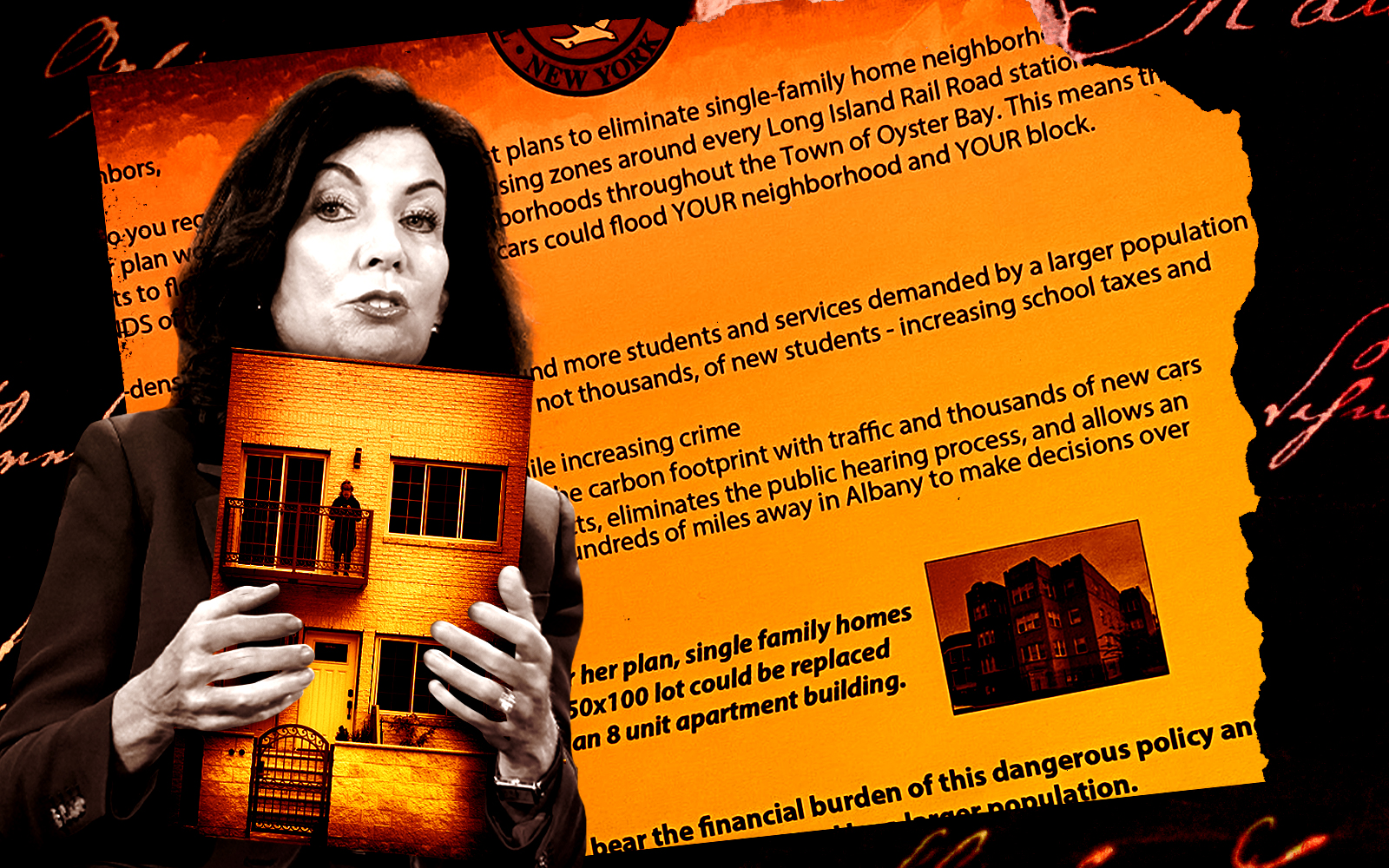The contrast couldn’t be more striking.
In Sayville, Long Island developers Mitchell and Gregg Rechler proposed an apartment complex with a buffer of single-family homes. The Rechlers shielded the multifamily buildings from view to placate locals who equate rentals with poverty, crime and lower property values.
The leader of the opposition explained her group’s rationale: “These are people that live in this community, they have their hearts and souls here, they’re raising their families here.”
Fifty miles away, but in an entirely different universe, Manhattan politicians demanded that the seller of four East 17th Street buildings require buyers to make at least 25 percent of units affordable at the properties. They equate market-rate development with culture change, displacement and rent increases.
“We want to ensure that if these properties are being sold, we are minimizing the harm and do not further destabilize our neighborhood,” wrote Assembly member Harvey Epstein, Sen. Kristen Gonzalez and City Council member Carlina Rivera to the owner, Mount Sinai Beth Israel.
So: In the suburbs, people think affordable housing will destabilize their neighborhood, and on the East Side, people think luxury housing will. A striking contrast indeed, but both positions are anti-housing.
Certainly, not everyone in these places holds these opinions. But a good many — probably most of them — do. They are the ones who make the most noise, which is a big reason New York has a housing shortage.
It is tempting to demonize these folks. For liberals, calling conservative suburbanites selfish, paranoid and racist releases dopamine that lights up a happy place in the brain. For conservatives, so does blasting liberal Manhattanites who see six-figure earners as a destructive force rather than economy-boosting taxpayers.
Why do we get angry at the not-in-my-backyard crowd? Anger releases brain chemicals that make us feel good, at least for a moment. But it doesn’t solve anything, let alone a housing crisis.
Less satisfying in the short term, but ultimately more productive than belittling them on social media, is to engage people in rational discussions about housing.
This is easier said than done, of course. How do you reason with lawn and picket-fence lovers who reject multifamily housing because, hey, they are “raising their families here” and don’t want their leafy suburbs to become the South Bronx?
How do you reason with gentrification fearmongers who see gainfully employed newcomers as a “destabilizing” force? Next thing you know, a restaurant with tablecloths will open, the school’s PTA will start a French club and life as we know it will end.
Sorry. Those were two paragraphs of pure dopamine. When NIMBY literally begins and ends with NY, it’s hard to resist lashing out.
But resist we must. Gov. Kathy Hochul has been doing a fine job of that as she makes a case for more housing. Rechler Equity Partners’ plan for 925 homes doesn’t quite reflect Hochul’s transit-oriented Housing Compact — the site is a 20-minute walk from the Sayville train station — but it’s close enough.
Read more



Hochul could sit down with Greater Islip Association leaders and make a case that a mixed-income apartment complex is better for Sayville than the former golf course it would replace. Wouldn’t it be nice if their kids could afford to live somewhere in Sayville besides their old bedrooms when they reach their 20s?
The governor could also remind Epstein, Gonzalez and Rivera that they could advocate for affordable housing without making sensationalist claims that market-rate units would destabilize the area around Stuy Town.
Perpetuating that myth only makes housing harder to build. It’s hard enough already.
